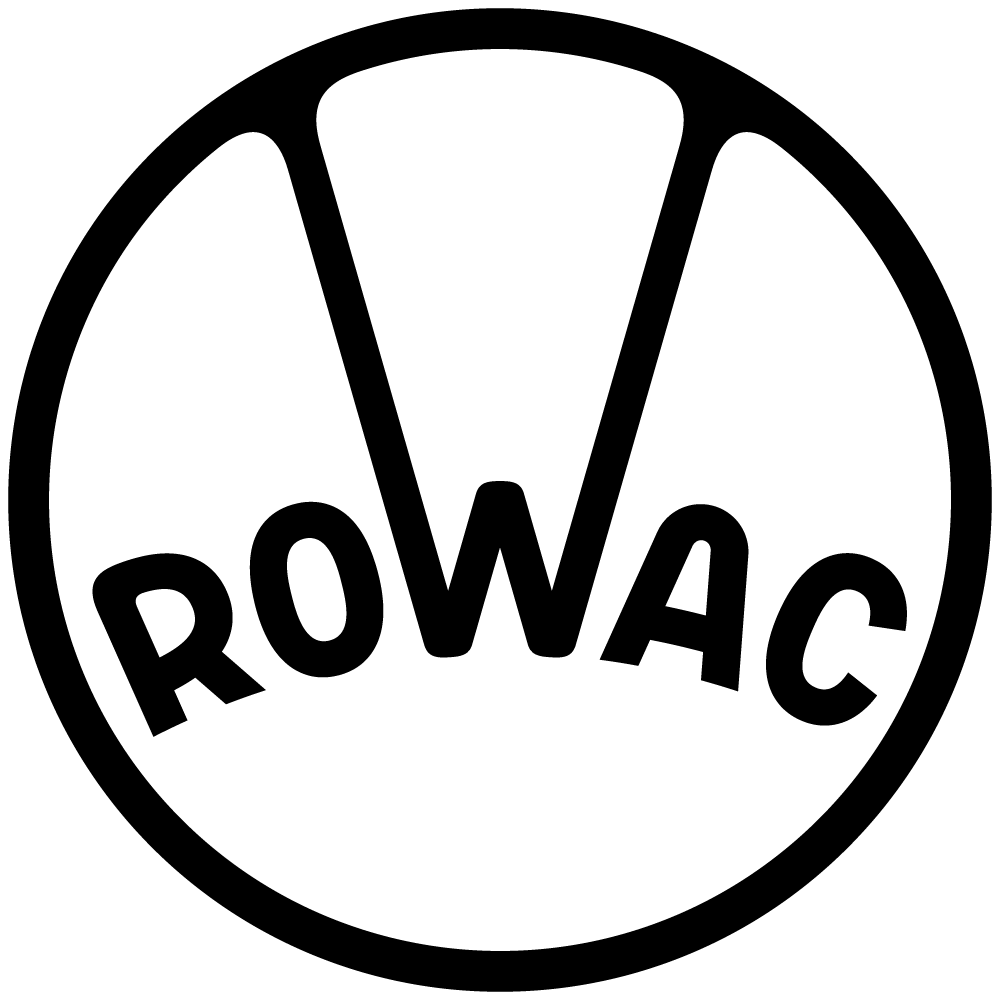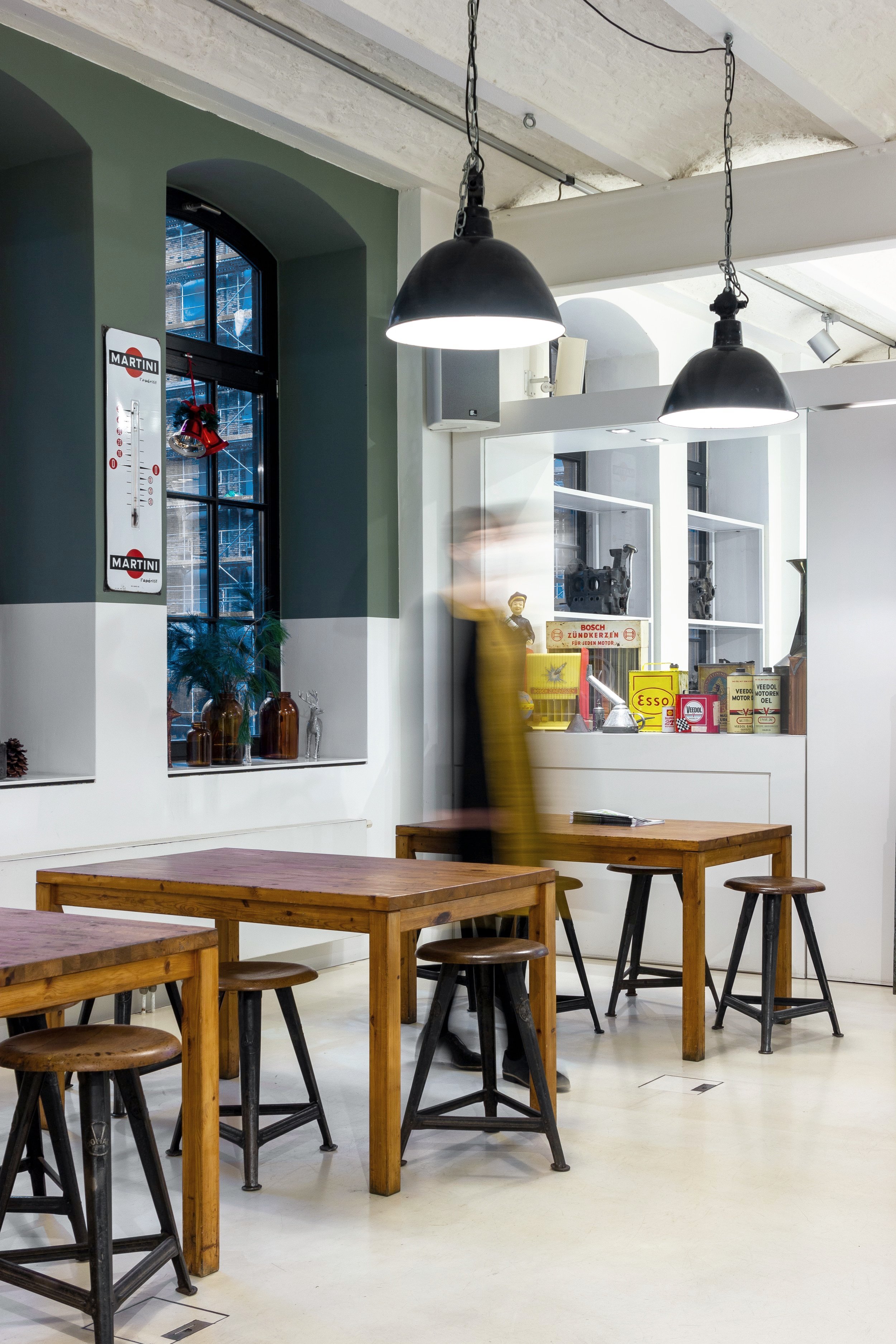Thomas König from Automuseum Prototyp
“Rowac speaks a form-follows-function-language, that always looks incredibly charming.“
When did your interest in racing and sports cars begin?
It all really started for me when I first saw a Porsche 356. I must have been about 10 years old at the time. It's interesting that, as an architect, I work in a very angular and linear way, whereas when it comes to cars, streamlines are my focus. In this respect, seeing the very early Porsche 356, which is quite aerodynamic, was actually my kick-off. Besides the design aspect, I was also particularly interested in the history. Especially the immediate post-war period triggered a great fascination in me. What generally excites me about a ( particular) car is, in essence, this combination of art, formal language and utility. It's more or less the same thing you get with a Rowac stool: it not only looks good, it also works great.
Are there also specific people from this field who fascinate you?
Especially these protagonists, some of whom really drove the races with "flying cups and saucers" in the post-war period. Our motto is “Personen, Kraft, Wagen” (people, power, automobiles), aka “PKW” (CAR). The people come first and we try to tell something about the individuals behind the cars where we can.
Each of your vehicles tells a story. Every Rowac product also tells a story. Do you know one or two and want to share them with us?
At the end of the 60s / beginning of the 70s, a friend of mine cleared out the HANOMAG factory. In this factory there were in fact both Rowac stools and cabinets. I saw them at his place one day and was able to wrangle at least a few of them from him. That's the story behind my first Rowac schemel.
How exactly did you first encounter Rowac?
Somewhere in Berlin Mitte, in a very small café that no longer exists, I consciously noticed Rowac for the first time and was immediately fascinated. Rowac speaks a form-follows-function language that always looks incredibly charming. A Rowac like this simply fits in everywhere. I always find it amazing myself: at home I have very different spaces: some are rather chic, some are rather raw, - but no matter where I put the schemel or whatever Rowac furniture - it always just fits. Rowac creates a connection with the other things that I find beautiful. It all speaks one language. Yeah, maybe it's just this naturalness, wood, and this rawness, sheet metal, - a wonderful addition which I find totally appealing.
In the past, when I used to DJ from time to time, my turntables were on Rowac cabinets. I had 3 cabinets next to each other. The MK2s, the Technics, fit exactly on one cabinet each. I had the mixing console in the middle and the turntables on the left and right on perforated metal cabinets. It's important for the turntables to be perfectly balanced. They have to work perfectly and be decoupled so that the bass doesn't boom. Otherwise the vinyl will vibrate. And it worked right away, without having to mount pads on the feet.






